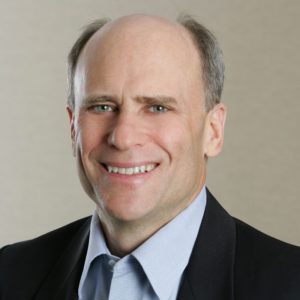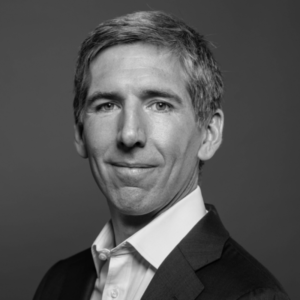Podcast: Play in new window | Download
 Reading Time: 2 minutes
In this episode of Intelligent Money Minute, I had the pleasure of interviewing Larry Swedroe, head of Financial and Economic Research at Buckingham Strategic Wealth, on the topic of whether gold is truly a good inflation hedge.
Reading Time: 2 minutes
In this episode of Intelligent Money Minute, I had the pleasure of interviewing Larry Swedroe, head of Financial and Economic Research at Buckingham Strategic Wealth, on the topic of whether gold is truly a good inflation hedge.


